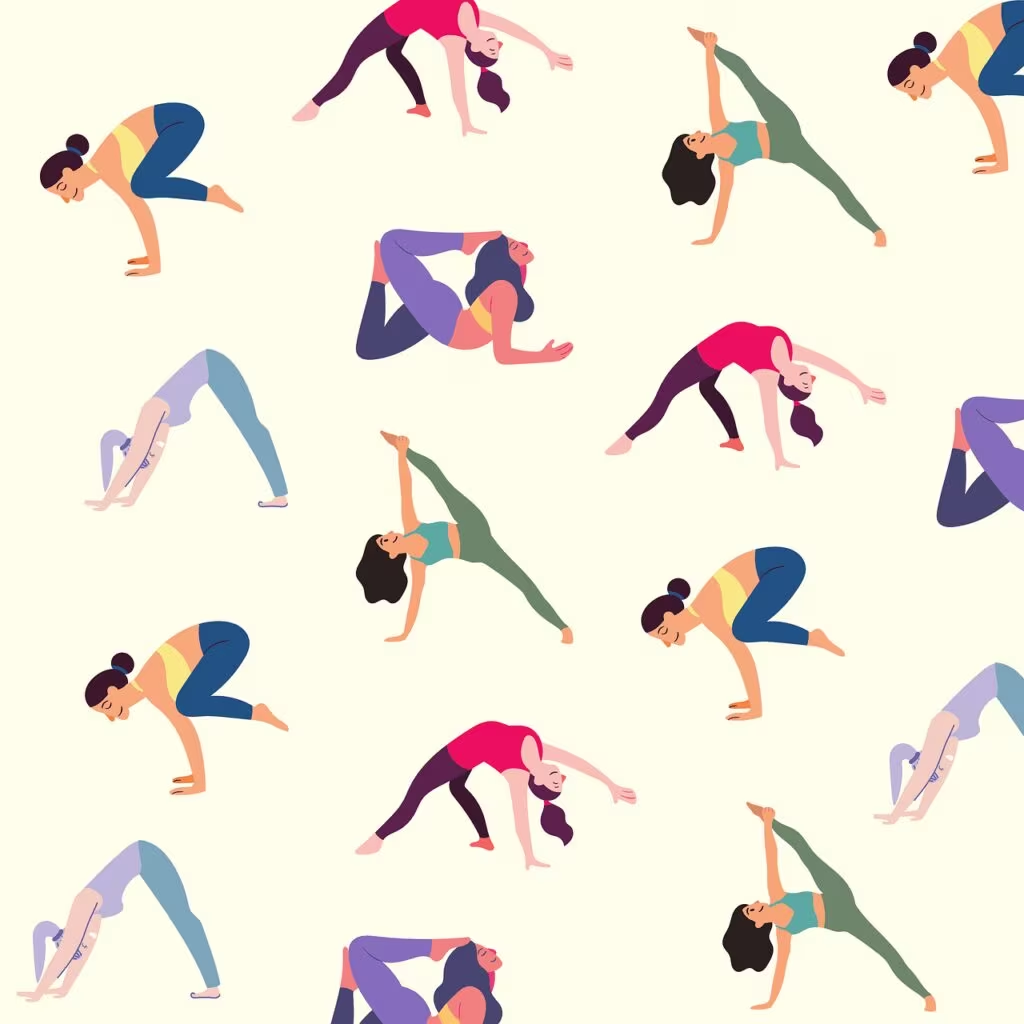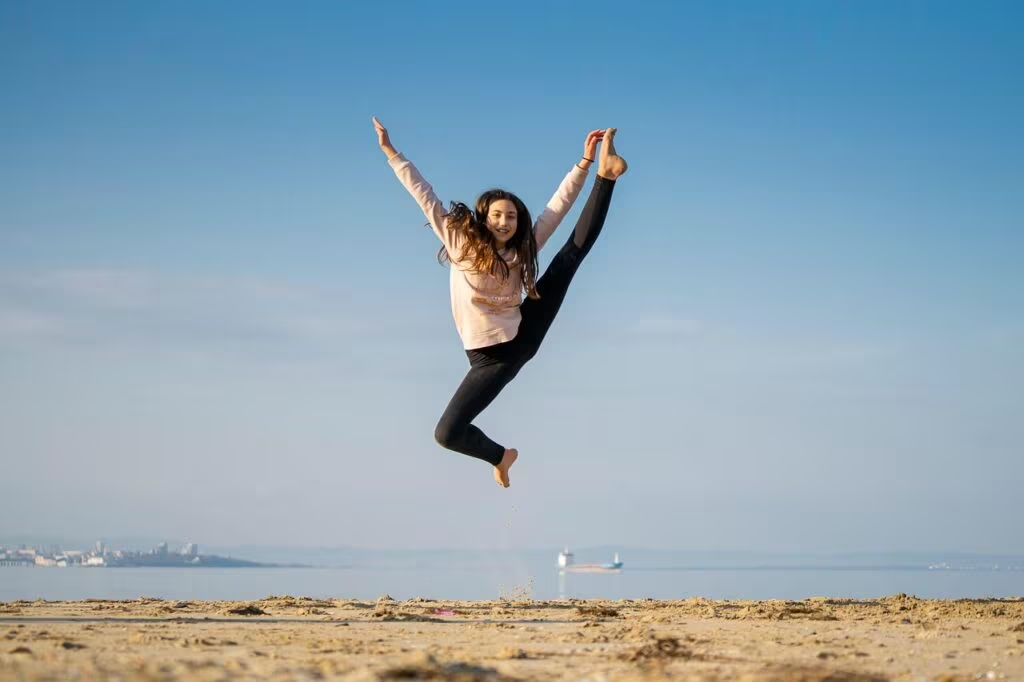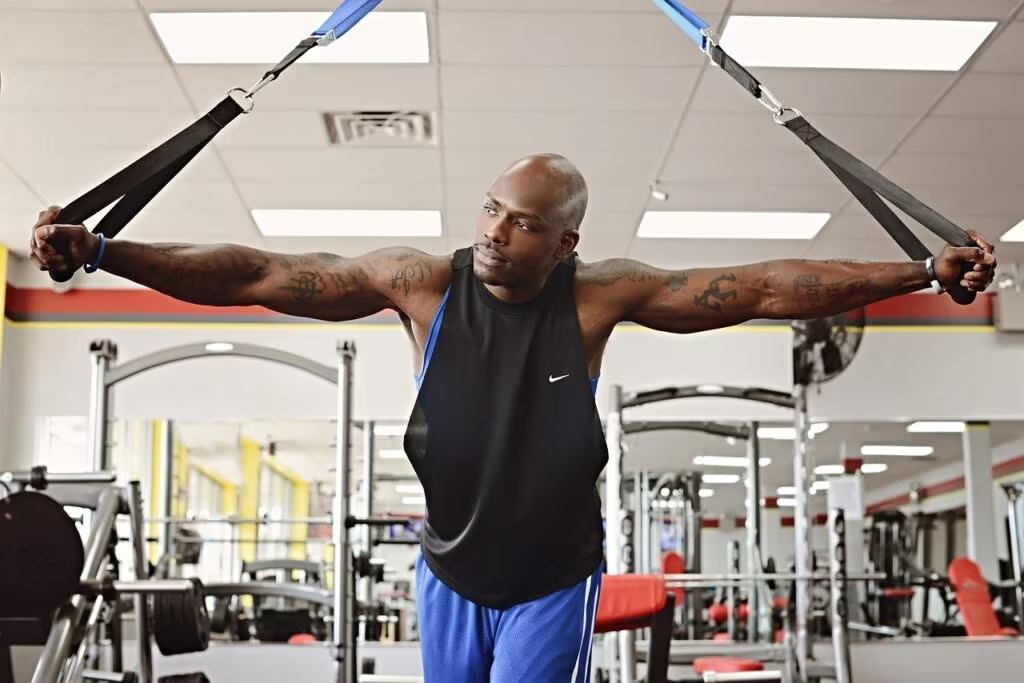Mastering Movement: Why Low-Impact Plyometrics Are Essential for Adults Over 50
For many adults over the age of 50, the focus of fitness shifts from aesthetic goals to maintaining functional strength, agility, and, most importantly, preventing falls. While traditional high-impact jump training (plyometrics) might seem counterintuitive or even dangerous for aging joints, experienced personal trainers are increasingly advocating for a modified, low-impact approach.
This age-friendly method of plyometrics—which involves quick, explosive movements—is not about jumping high or far. Instead, it’s a targeted strategy to preserve and enhance the fast-twitch muscle fibers (Type II) that are crucial for reaction time, balance, and overall coordination. As we age, these fibers are the first to degrade, a process known as sarcopenia, making quick recovery from a trip or stumble much harder.
By incorporating specific, joint-friendly jumping exercises, older adults can significantly boost their power output, improve bone density, and ensure they stay quick on their feet, all while minimizing stress on the knees, hips, and ankles. This approach prioritizes the quality of movement and the ability to absorb force safely.
The Science of Agility: Why We Need Fast-Twitch Fibers
When most people think of strength training for seniors, they picture slow, controlled movements like squats or bicep curls. While these are vital for building overall muscle mass and endurance (targeting slow-twitch fibers), they do not adequately train the rapid, explosive power needed for real-world scenarios.
Fast-twitch muscle fibers are responsible for sudden bursts of energy—the kind required to quickly step out of the way of traffic, catch a falling object, or stabilize yourself after stepping on uneven ground. Training these fibers through controlled, low-impact plyometrics offers several key advantages for the aging body:
- Fall Prevention: The primary benefit. Plyometric training improves reaction time and proprioception (the body’s sense of its own position in space), allowing for faster, more effective balance correction.
- Bone Density: High-impact activities, even modified ones, introduce beneficial stress to the bones, stimulating growth and helping to combat osteoporosis.
- Functional Power: It translates directly to daily tasks, such as quickly standing up from a chair, climbing stairs efficiently, or lifting heavy objects.
- Joint Health: By teaching the muscles and tendons to absorb and dissipate ground reaction forces more effectively, plyometrics can actually protect the joints from excessive wear and tear over time, provided the movements are executed correctly and with low volume.

The 5-Move Joint-Friendly Power Workout
This workout, adapted from techniques used by personal trainers specializing in senior fitness, focuses on controlled landings and minimal height, ensuring the impact remains low. Perform each exercise for the specified repetitions or duration, focusing entirely on perfect form before increasing speed or volume. Aim for 2-3 sets of the entire circuit, resting for 60-90 seconds between sets.
1. Lateral Bounds (Side-to-Side Jumps)
Lateral bounds are excellent for improving lateral stability and the ability to change direction quickly, which is critical for preventing trips.
- Execution: Stand on one leg. Push off laterally (sideways) and land softly on the opposite leg. Focus on absorbing the landing force by bending the knee and hip immediately upon contact.
- Modification: Start with small bounds, almost like a quick side step, ensuring you stick the landing for 3 seconds before repeating. The goal is stability, not distance.
- Repetitions: 5 bounds per side.
2. Low-Impact Squat Jumps
This exercise builds vertical power without requiring a deep squat, minimizing knee strain. The focus is on the quick transition from ground contact to push-off.
- Execution: Start in a quarter-squat position. Explode upward, leaving the ground only slightly (a few inches). Land softly back into the quarter-squat position, immediately absorbing the impact.
- Modification: If jumping causes discomfort, perform a quick, explosive calf raise followed by a rapid lowering back into the squat. The speed of the movement is more important than the height.
- Repetitions: 8-10 repetitions.
3. Box Jumps or Step-Ups (Controlled Descent)
Using a low, stable platform (a sturdy step or low box) is the best way to reduce impact, as the landing height is minimized. The focus here is on the controlled descent.
- Execution (Box Jump): Stand facing a low box (6-12 inches). Step or lightly jump onto the box, landing softly with both feet. Step down one foot at a time.
- Execution (Step-Up): Step up onto the box with one foot, driving the knee of the trailing leg up to hip height. Step back down slowly. The controlled negative (lowering) phase is key for eccentric strength.
- Repetitions: 10 repetitions (5 per leading leg).

4. Pogo Jumps (Ankle Stiffness)
Pogo jumps are small, quick hops that primarily target the calves and ankles, improving the stiffness and elasticity of the lower leg—essential for quick reactions.
- Execution: Stand tall with knees slightly bent. Perform small, rapid hops, keeping the knees relatively straight and minimizing ground contact time. Imagine your feet are springs.
- Modification: If jumping is too much, perform rapid, small calf raises on the balls of your feet, focusing on speed and rhythm.
- Duration: 15-20 seconds.
5. Modified Single-Leg Hops
Unilateral (single-leg) training is vital for balance and addressing strength imbalances. This exercise focuses on stability and control.
- Execution: Stand on one leg. Perform a small, controlled hop forward, landing softly back on the same leg. Immediately stabilize the body.
- Modification: Eliminate the hop entirely. Instead, stand on one leg and perform a controlled single-leg balance for 10-15 seconds, focusing on maintaining stability without swaying. Once stable, add a tiny, controlled hop.
- Repetitions: 5 hops or 15 seconds of balance per leg.
Safety and Implementation Guidelines
Before incorporating any high-intensity or impact training, even modified plyometrics, it is essential to have a solid foundation of general strength and mobility. Consult with a physician or physical therapist to ensure these movements are appropriate for your specific health profile, especially if you have pre-existing joint conditions or cardiovascular concerns.
Prioritizing Form Over Volume
For adults over 50, the quality of landing is far more important than the quantity of repetitions. Poor form can lead to injury, while perfect form maximizes the neurological and muscular benefits.
Key Safety Checkpoints:
- Warm-Up is Mandatory: Begin with 5-10 minutes of light cardio (walking, cycling) and dynamic stretching (leg swings, arm circles) to prepare the muscles and joints.
- Soft Landings: Every landing should be quiet and controlled. Imagine landing on a sheet of glass without breaking it. Absorb the force through the hips and knees.
- Proper Footwear: Wear supportive athletic shoes designed for lateral movement and impact absorption.
- Listen to Your Body: If you experience sharp pain, stop immediately. Plyometrics should feel challenging and tiring, but never painful in the joints.
- Start Low and Slow: Begin with the lowest impact modifications (like step-ups instead of jumps) and gradually increase the intensity only after mastering the landing technique.

Key Takeaways for Ageless Agility
Low-impact plyometrics is a powerful tool for maintaining independence and vitality well into later life. It directly addresses the decline in reaction time and power that contributes to falls, offering a proactive defense against age-related physical decline.
- Target the Fast-Twitch Fibers: Modified jumping exercises are the most effective way to preserve the muscle fibers responsible for quick, reactive movements.
- Focus on Absorption: The primary goal is mastering the soft, controlled landing to minimize joint stress.
- Prioritize Unilateral Work: Single-leg hops and balances are crucial for improving stability and addressing strength asymmetries.
- Consult Professionals: Always seek clearance from a healthcare provider before starting this type of training, especially if managing chronic conditions.
By integrating these five joint-friendly moves into a regular fitness routine, adults over 50 can build the strength, coordination, and confidence necessary to remain agile and active for years to come.
Original author: Adam Meyer
Originally published: October 29, 2025
Editorial note: Our team reviewed and enhanced this coverage with AI-assisted tools and human editing to add helpful context while preserving verified facts and quotations from the original source.
We encourage you to consult the publisher above for the complete report and to reach out if you spot inaccuracies or compliance concerns.

